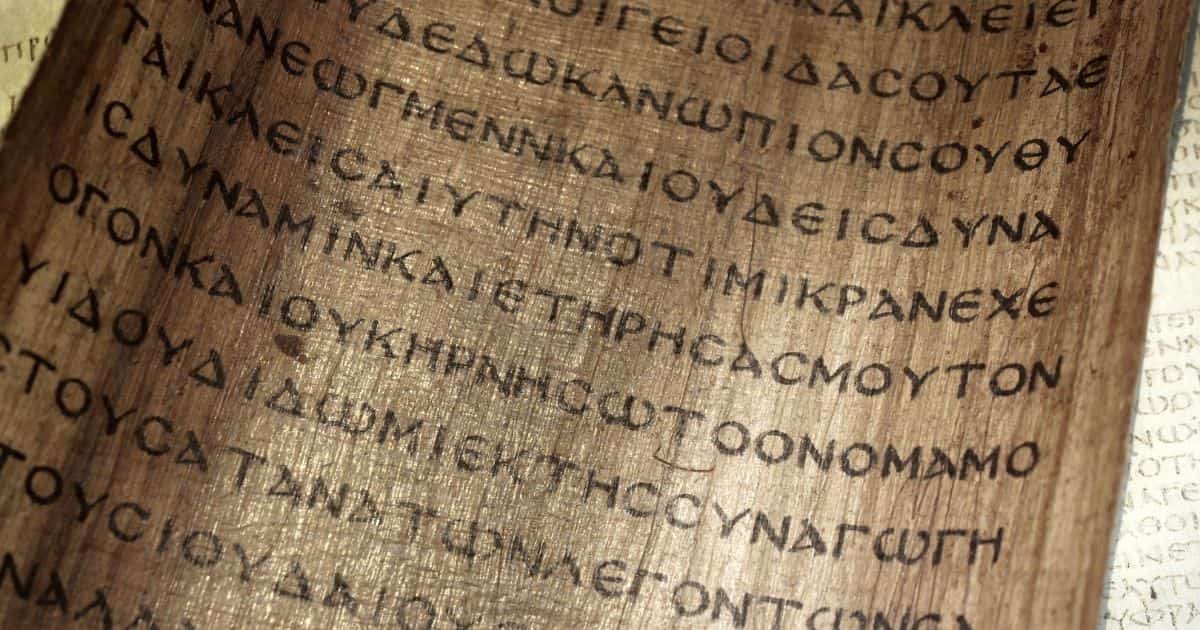A researcher at the Austrian Academy of Sciences, Grigory Kessel, has recently discovered a fragment of the oldest known writing of the text of Matthew from the Bible’s New Testament.

The medievalist researcher used ultraviolet photography to reveal the ancient manuscript containing one of the earliest translations of the Gospels made in the 3rd century and copied in the 6th century. It was written in the Syriac language, an Aramaic dialect from the ancient region of Osroene.
The biblical text had been found located underneath three layers of text, on an ancient piece of parchment, shedding light on the early phase of the history of the textual transmission of the Gospels.
“The tradition of Syriac Christianity knows several translations of the Old and New Testaments,” Kessel said in a post about the discovery on the OeAW website.
“Until recently, only two manuscripts were known to contain the Old Syriac translation of the gospels.” While one of these is now kept in the British Library in London, another was discovered as a palimpsest in St. Catherine’s Monastery at Mount Sinai. The fragments from the third manuscript were recently identified during the “Sinai Palimpsests Project”.
“About 1,300 years ago, a scribe in Palestine took a book of the Gospels inscribed with a Syriac text and erased it. Parchment was scarce in the desert in the Middle Ages, so manuscripts were often erased and reused,” the academy, also known as OeAW or Österreichische Akademie der Wissenschaften, explained in a recent post on its website.

The team’s study announcing the find was published last month in the journal New Testament Studies, which also included the translation of Matthew 11:30 to Matthew 12: 26 that was originally translated into the Old Syriac translations more than a millennium ago.
The fragment is the only known remnant of the fourth manuscript that attests to the Old Syriac version – and offers a unique gateway to the very early phase in the history of the textual transmission of the Gospels. The discovery proves how productive and important the interplay between modern digital technologies and basic research can be when dealing with medieval manuscripts.
Claudia Rapp, director of the Institute for Medieval Research at the OeAW, praised Kessel’s work and explained that the Syriac translation was produced at least a century before the oldest Greek manuscripts that have survived, including the Codex Sinaiticus. The earliest surviving manuscripts with this Syriac translation date from the 6th century and are preserved in the erased layers of newly written parchment leaves.
“This discovery proves how productive and important the interplay between modern digital technologies and basic research can be when dealing with medieval manuscripts,” Rapp said.




